WIEŚCI Z POKŁADU – Październik 2018
Październik 2018
Pobiertz Newsletter
Sign up!
Sign up to receive 'News from the Deck' newsletter in your preferred language on a monthly basis.
We use cookies to help you navigate efficiently and perform certain functions. You will find detailed information about all cookies under each consent category below.
The cookies that are categorized as "Necessary" are stored on your browser as they are essential for enabling the basic functionalities of the site. ...
Necessary cookies are required to enable the basic features of this site, such as providing secure log-in or adjusting your consent preferences. These cookies do not store any personally identifiable data.
Functional cookies help perform certain functionalities like sharing the content of the website on social media platforms, collecting feedback, and other third-party features.
Analytical cookies are used to understand how visitors interact with the website. These cookies help provide information on metrics such as the number of visitors, bounce rate, traffic source, etc.
Performance cookies are used to understand and analyze the key performance indexes of the website which helps in delivering a better user experience for the visitors.
Advertisement cookies are used to provide visitors with customized advertisements based on the pages you visited previously and to analyze the effectiveness of the ad campaigns.
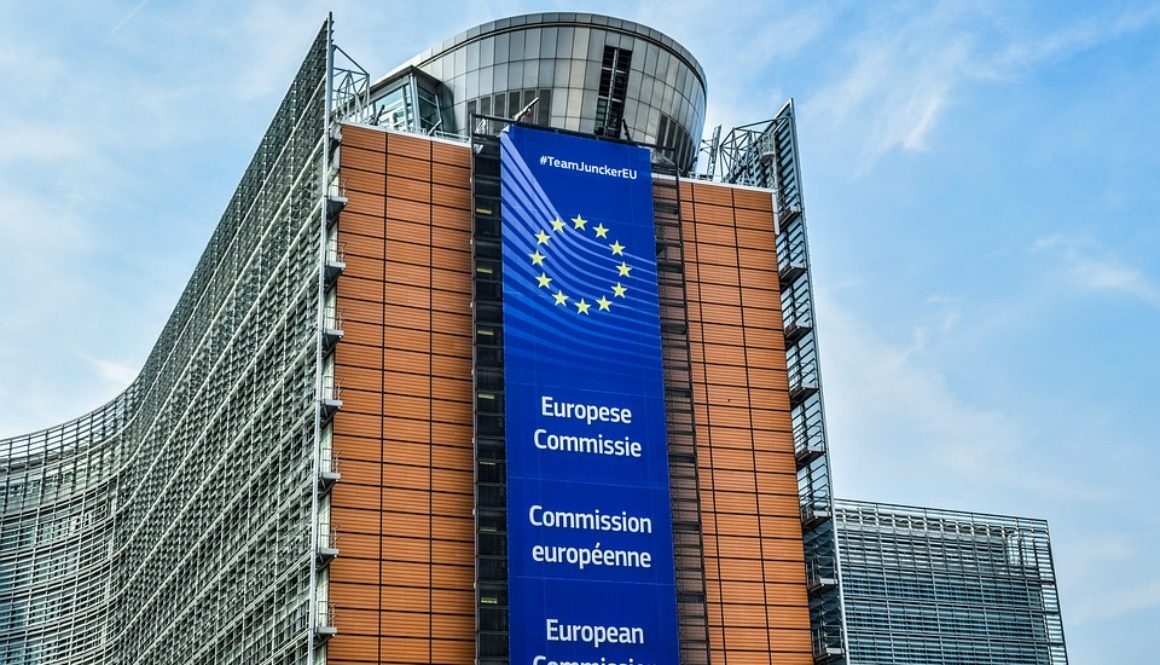

Sign up to receive 'News from the Deck' newsletter in your preferred language on a monthly basis.

 ottobre 2018
ottobre 2018
Sign up to receive 'News from the Deck' newsletter in your preferred language on a monthly basis.




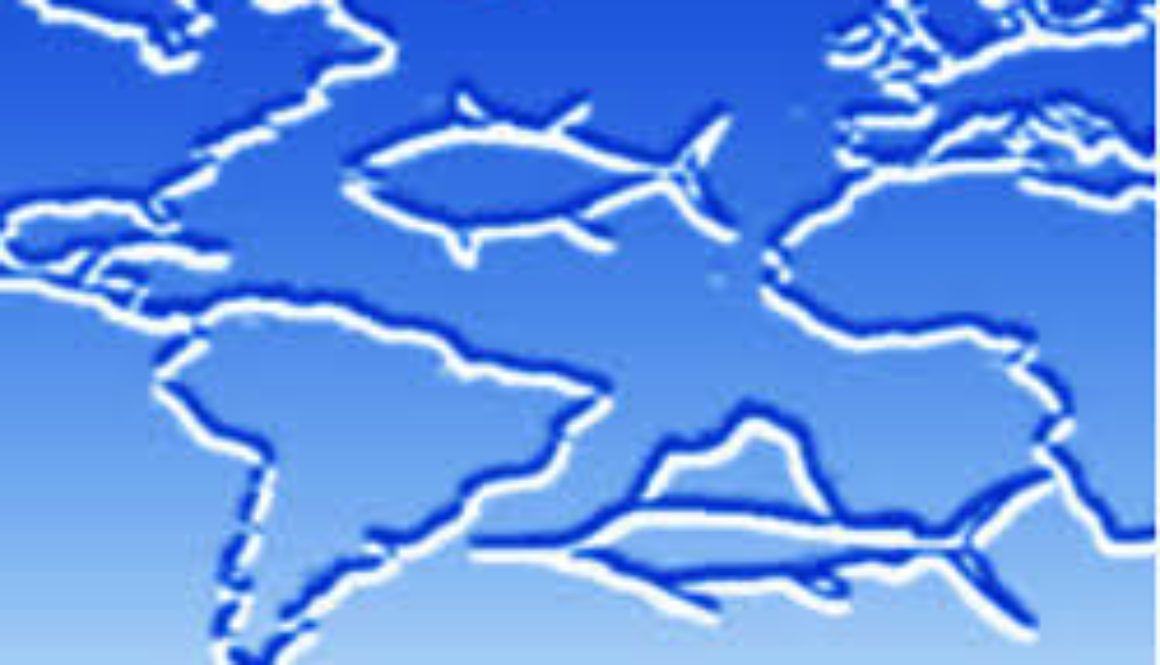

From the 12th to the 19th of November 2018 in Dubrovnik (Croatia) the 21st Special Meeting of the International Commission for the Conservation of Atlantic Tunas will take place. The Meeting is the right time to draw the attention on the case of European small-scale fishers, the majority of the EU fleet, that since 2006 have been stripped from their rights to fish Bluefin Tuna.
It is in this framework that LIFE writes to Mr. Raul Delgado, Chair of ICCAT, welcoming the EU’s Draft Recommendation to ICCAT on establishing a Multi-annual Management Plan for Bluefin Tuna in the Eastern Atlantic and the Mediterranean and making recommendations to ensure that small-scale fishers are allocated the fair proportion of the annual increase of quota which they deserve.
Access the official letter to ICCAT’s Chair here
The above-metioned letter has been sent to the following officials and decision-makers, plus widely disseminated to sector representatives, NGOs and stakeholders.
ICCAT:
Mr. Camille Jean Pierre Manel, Executive Secretary ICCAT; Dr. Miguel Neves dos Santos, Assistant Executive Secretary; Mr. Raul Delgado, ICCAT Commission Chair; Stefaan Depypere, First Vice Chair ICCAT
European Commission:
Mr Andres Jessen; Mr Franco Biagi; MR Francisco-Javier Vazquez-Alvarez
European Parliament
MEP Linnea Engstrom; MEP Gabriel Mato; MEP Norica Nicolai; MEP Ricardo Serrao Santos;
Spanish Ministry
Mr Rafael Centenera

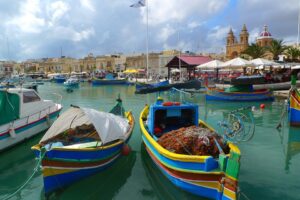
Brussels, 5th of November 2018
Brian O’Riordan
On 26 September in Malta, 18 Mediterranean and Black Sea coastal states committed themselves to developing “objectives, principles and concrete actions” to be applied across the region through a regional plan of action (RPOA) and thus “to ensure the long-term environmental, economic and social sustainability of small-scale fisheries”[1]. Such a political commitment was made possible thanks to the joint efforts of the General Fisheries Commission for the Mediterranean and Black Sea (GFCM) and the European Commission.
Some history
The RPOA is the culmination over 5 years of steady joint work by these two bodies, initiated in 2013 at the First Regional Symposium on Sustainable Small-Scale Fisheries in the Mediterranean and Black Sea, held in Malta, and organized by the GFCM in collaboration with the FAO and other partners. In fact, small-scale fisheries have been on the GFCM agenda since 1980, rooted in a Resolution calling on its members for “the definition of a national strategy indicating in particular the place of artisanal fisheries in management schemes”.
Small-scale fisheries and the Mediterranean and Black Sea have for long been on the agenda of the GFCM, but it is only relatively recently that the EU seems to have woken up to their importance.
Until the launch of the reformed CFP in 2014, small-scale fisheries were considered a national issue and outside the purview of EU policy. Step by step, the socio-economic and strategic importance of small-scale fisheries as an integral component of European policy to sustain fisheries and fishing communities is gaining recognition. Europe’s forgotten fleet is being rediscovered, albeit late in the day!
|
EU Small Scale Fleet at a Glance (Vessels under 12 metres in length, not using towed fishing gear)
Number of vessels (49,029): 70% of the fleet Tonnage: 8% of the tonnage, Fishing days: 59% of the fishing days Fuel used: 6% of the fuel used Fishers employed (78,304): 50% of at sea employment Landed volume: 6% by weight Landed value: 12% of the value Revenue: 13% of the revenue, Labour costs: 19% of the labour costs Source: Scientific, Technical and Economic Committee on Fisheries (STECF). The 2018 Annual Economic Report on the U Fishing Fleet (STECF 18/07).[2] |
If small-scale fisheries are Europe’s rediscovered fleet, then the Mediterranean and Black Sea are its most neglected sea basins. Although the Common Fisheries Policy (CFP) was established in 1983, until 2006 the Mediterranean and Black Sea fell outside its purview. That is now changing through a process of steps. Launched in Catania in 2016, the MedFish4Ever process was designed to build political consensus among all Mediterranean stakeholders towards obtaining a commitment from all EU and non-EU countries to take concrete actions to address the dire fisheries situation in the region[3]. Within the framework of the CFP, a series of multi-annual plans are being developed to cover stocks in different regions, starting with demersal stocks in the Western Mediterranean and pelagic fisheries in the Adriatic[4].
What are small-scale fisheries in the Mediterranean?
Under the RPOA, small-scale fisheries in the Mediterranean and Black Sea are to be characterized “as soon as possible” according to a set of indicative criteria “reflecting their socio-economic relevance and specificities”.
Given the highly diverse nature of small-scale fisheries in the region and the lack of a simple cut off point between different fleet segments (small-scale, semi-industrial, large-scale, industrial, inshore, offshore, coastal, deep sea etc.) the GFCM proposes to apply a “matrix approach” being developed by the FAO. Such a matrix may include characteristics spanning across governance (policy, legislation, access and tenure), economic (taxation, subsidies, special preference) and management (regulation, gears, zoning).
|
A Matrix Approach to Characterizing Fisheries[5]
The matrix provides users with a tool to describe a fishing unit across multiple dimensions or characteristics of scale. The flexible nature of the matrix means that the fishing unit being assessed can either be an entire fishery/fleet, a part of it, or an individual vessel/ fisher. This flexibility allows the matrix to be applied to diverse types of fishing activity around the world. Applying the matrix generates an aggregate score for the given unit under assessment, with relevance for discussions of scale. A given fishing unit may have characteristics typically associated with both smaller-scale and larger-scale fisheries, so many will receive lower scores in some categories and higher scores in others. Scoring allows for an objective characterization of the fishing unit, indicating whether it tends towards small-scale or large-scale. Once scores from all the categories are aggregated, an overall picture emerges that facilitates differentiation between larger- and smaller-scale fisheries. By analysing different scores for different fishing units, it is possible to determine if there is a clear cut off between distinctly small-scale fisheries and distinctly large-scale fisheries. In theory, if the matrix is working well, it should highlight those fisheries which may be on the edge of small-scale and large-scale (e.g. a small vessel with a high-powered engine and large-scale level of fishing effort), assigning them their own category. Furthermore, by incorporating multiple dimensions, the matrix approach seeks to avoid misleading or inappropriate characterizations of fisheries as small-scale or large-scale, which can sometimes occur when a single criterion, such as vessel length, is emphasized.
|
The Ministerial Statement highlights the strength in numbers of small-scale fisheries in the region (80% of the fleet by number, 44% of the capacity, 62% of employment aboard fishing vessels and 24% of the landed value), their socio-economic value, relatively low environmental impact and importance for food security. The statement also draws attention to endemic problems besetting the sector: the lack of a voice and lack of access to decision making processes; lack of access to resources, to markets, to credit and to support; and the limited capacities of the sector in terms of human capital.
These problems make the sector particularly vulnerable to the impact of other marine activities, such as marine pollution, habitat degradation, biodiversity and resource depletion, and to the encroachment of other activities in the areas it has traditionally occupied. In this regard, the RPOA highlights the need to both ensure that small scale fisheries are taken account of in marine spatial planning at national and regional level, and that the sector is specifically represented throughout the entire process.
A historic step
Although the RPOA is non-binding, it is a historic step, and places small-scale fisheries centre stage in the bid to reverse the declining fortunes of the Mediterranean and Black Sea.
The RPOA is the first instrument to be adopted by any Regional Fisheries Management Organization (RFMO) that goes beyond the management of fisheries to address such issues as social inclusion, decent work, social protection, the role of women, the participation of small-scale actors in management and decision-making processes, and the incorporation of traditional ecological knowledge. The RPOA builds on the foundations laid down by the FAO Voluntary Guidelines for Securing Sustainable Small-Scale Fisheries in the Context of Food Security and Poverty Eradication (SSF Guidelines), and draws on and compliments other international instruments including the 1995 FAO Code of Conduct for Responsible Fisheries; 2007 ILO Work in Fishing Convention; and 2015 UN General Assembly 2030 Agenda for Sustainable Development that adopted the Sustainable Development Goals (SDGs).
It is a significant step because thanks to the Ministerial statement and RPOA, small-scale fisheries have moved from the periphery to centre stage in the regions’ fishery policies and are now incorporated as part of the solution to the problems besetting the Mediterranean and Black Sea. Also, as highlighted by the European Union’s Commissioner for Maritime Affairs and Fisheries, “small scale fisheries (SSF) are the backbone of the fleet, the workers, and the community. They are also the first to feel the pain of collapsing resources. It is therefore important to build the future with them”.
Most Ministers highlighted the traditional nature of SSF, and their cultural importance. Few spoke about their importance to food security. Some highlighted the low incomes and poor capacity of the SSF sector to provide decent work. Some mentioned the problems of invasive species and the vulnerability of the fisheries sector. A few mentioned the need for improved data collection. One, Turkey, mentioned “legacy” – the importance of the heritage that we will bequeath to the next generation.
Palestine, not a contracting party, although Israel is, made the most passionate speech. The gradual encroachment of Israel as an occupying state into Palestinian waters has reduced its fishing area from 20 nautical miles in 1994 down to 3 NM today. In 2017 there were over 200 unlawful shootings on Palestine fishermen with one fisherman killed and an overall policy of suppression of the sector and the coastal community. The Minister invited everyone to visit his country, to witness “one of the most vulnerable SSFs” and in the “interests of justice”. He reminded that the Sustainable Development Goals (SDGs) were designed to leave no-one behind. He pleaded for the Palestinian SSFs not to be left behind.
Spain’s was one of the most supportive speeches of SSF, emphasising its special characteristics, freshness of the product, low environmental footprint, and the important role of women.
Deep rooted problems require a joined-up approach
Of course, the problems besetting the Mediterranean and Black Sea go way beyond fisheries. The semi enclosed nature and large catchment areas of these sea basins make them highly vulnerable to human impact. The Mediterranean is a hot spot of biodiversity with a great variety of marine and coastal habitats including wetlands, lagoons, dunes, reefs, seamounts, canyons, sandy and rocky coasts, which are all important fisheries grounds.
The ever-increasing human population, with the coastal population doubling during some tourist seasons, along with expanding economic development has resulted in increased environmental degradation. These vulnerable marine environments face a worrying combination of pollution from land sources and ships, including plastics and litter, from aquaculture production, with impacts on biodiversity and coastal degradation, along with climate change related impacts. These are considerable challenges that such an RPOA alone can’t address on its own. Furthermore, a large proportion of the marine areas are in international waters and fall outside national jurisdictions, making fisheries and the human impact on fisheries even more difficult to manage and control. Therefore, this RPOA needs to be fully integrated into the wider maritime policy spheres, especially the development of the blue economy.
It is significant that Malta was chosen as the venue for this historic signing. Over 90% of the Maltese fleet is comprised of small-scale coastal fishing vessels (under 12 metres using non-towed gears), numbering some 950 vessels. Traditional Maltese fishing boats are made of wood, and use a wide variety of gears – nets, traps, hook and line, along with ancillary equipment like fish aggregating devices (FADs) made from palm fronds, and lampara vessels to attract shoals of fish at night.
However, as with small-scale fisheries across the Mediterranean and Black Sea region, this once vibrant fishery sector is facing a number of big challenges. These challenges were discussed at an informal gathering of Maltese, Cypriot and Italian (Pantelleria island) small-scale fishers hosted by the Malta College of Arts, Science and Technology (MCAST) ahead of the Ministerial summit, and attended by the Maltese Minister for Justice, Culture and Local Government.
These challenges include:
A particular problem across the Mediterranean highlighted by all the fishers is the rapid colonisation by invasive species from the Red Sea, along with the displacement of traditional species. Two of the main culprits are the rabbit or toad fish (Lagocephalus sceleratus), and the lionfish (Pterois miles). The toad fish can grow up to 1 metre in length and weigh as much as 7 kgs, with sharp teeth that cause extensive damage to fishing nets. Additionally, it has no commercial value as it is highly poisonous. The lionfish is a voracious predator with highly venomous spines that can inflict severe pain and even death. Both fish are also hazardous to the environment; the toad fish is a bottom feeder and can cause extensive damage to seabed habitats, and the lion fish is highly predatory. The lion fish makes good eating but is difficult to handle and is not well known to consumers. In other parts of the Mediterranean the Blue Crab (Callinectes sapidus), native to the Eastern seaboard of the Americas and a voracious predator on shellfish, has become a cause for concern in the South of France and East coast of Spain.
Last but not least, across the Mediterranean the unregulated fishing activities of leisure boating, both through displacing fishers from their harbours and through their fishing activities impacting on stocks, be it for sport or their own consumption through their sheer numbers.
Co-management: not a panacea but a management tool in the box
For the Low Impact Fishers of Europe (LIFE) one of the principle benefits that the RPOA could deliver on is improved governance through co-management. An entire section is devoted the “participation of small-scale fishers in decision making processes”. Linked to this is the call of the RPOA “for fisheries management plans with specific rules designed to ensure preferential access for sustainable and low-impact fisheries along the coastal band.” Such preferential access will only bring benefits if coupled to a system of genuine co-management where both responsibility and decision-making power are devolved to co-management committees, and where small-scale fishers are empowered to form and run their own autonomous organizations.
For LIFE, the top down model of command and control fisheries management as applied in the Mediterranean has become dysfunctional. Small-scale fishers have been alienated from management decision-taking processes, and, combined with a lack of capacity and political will at national level to enforce regulations, this has encouraged overfishing, habitat destruction and Illegal, Unregulated and Unreported (IUU) fishery activities.
In such a context, new forms of governance are required that build trust and cooperation between national authorities and fishery stakeholders, promote co-responsibility, and which unite them in the common purpose of sustainable fisheries and in the fight against IUU fishing and organized fishing crime. This requires a paradigm shift away from a top down command and control approach to a bottom up approach based on co-management.
Around the Mediterranean there are examples where relatively small, localised, and often informal co-management projects have successfully brought state and non-state actors together and facilitated a dialogue and collaboration between them, establishing a basis for co-responsibility and improved acceptance of legally binding regulations, which in turn is contributing to addressing IUU practices and social conflict.
Of course, co-management is not a panacea, but could provide an important management tool honed for managing small-scale fisheries, to be used alongside others (including closed areas reserved for small-scale fisheries, effort control, etc.). In this regard, co-management has the potential to empower fishers and build their capacities to become responsible and competent actors in fisheries management.
There seems to be a critical mass of efforts in co-management that are now coming together: the recent incorporation of co-management into fisheries law in Catalunya through a decree, putting co-management alongside MSY, MCS, technical measures etc. is an inspiring example. There are also many relatively small local initiatives associated with MPAs that are beginning to reach a critical mass and joining up through networks and scaling up initiatives.
The Ministerial commitment to supporting small scale fisheries through the RPOA is both timely and necessary. We hope the positive political will fostered over the last 5 years will ensure that the necessary resources are invested in putting the RPOA into practice, and to transform the ink on paper into action at the grass roots.
[1] Regional plan of action for small-scale fisheries in the Mediterranean and the Black Sea: a common commitment for the future http://www.fao.org/gfcm/news/detail/en/c/1154586/
[2] Scientific, Technical and Economic Committee on Fisheries (STECF). The 2018 Annual Economic Report on the U Fishing Fleet (STECF 18/07). https://stecf.jrc.ec.europa.eu/documents/43805/2262384/STECF+18-07+-+AER.pdf
[3] DG Mare webpage on the Mediterranean https://ec.europa.eu/fisheries/cfp/mediterranean_en
[4] DG Mare webpage on the rules in force in the Mediterranean https://ec.europa.eu/fisheries/cfp/mediterranean/rules_en
[5] Workshop proceedings on Improving our knowledge on small-scale fisheries: data needs and methodologies, June 2017 http://www.fao.org/3/a-i8134e.pdf
[6] Europol Press Release: How the illegal bluefin tuna market made over EUR 12 million a year selling fish in Spain https://www.europol.europa.eu/newsroom/news/how-illegal-bluefin-tuna-market-made-over-eur-12-million-year-selling-fish-in-spain
[7] LIFE calls for inclusive Blue Growth at the Our Ocean Conference https://lifeplatform.eu/life-calls-inclusive-blue-growth/
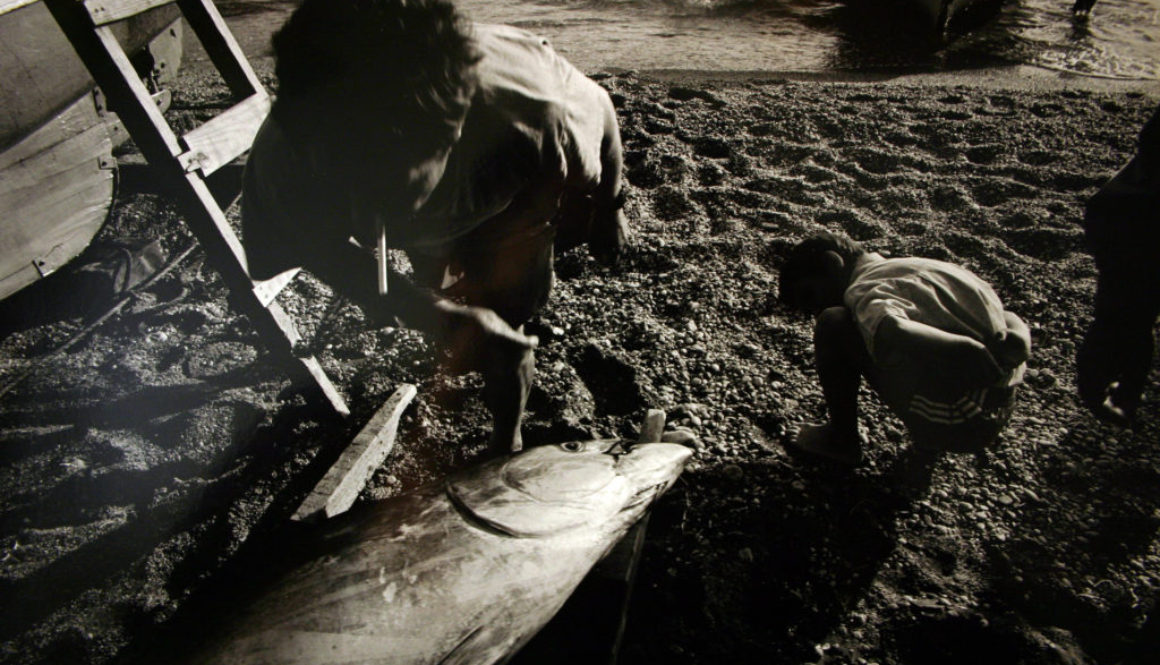
It is high time that coastal artisanal fisheries were included in the strategy to manage fishing effort, conserve stocks and distribute the benefits from the recovering Bluefin tuna resources in an equitable manner.
Brussels, 25th October 2018
Brian O’Riordan
LIFE welcomes the European Commission’s recognition that coastal artisanal fishing fleets should benefit from the reallocation of Bluefin tuna quota in a fair manner across all European fleets, and the proposal to reintegrate this marginalised sector into the Bluefin tuna fishery.
DG Mare unveiled plans to move from a recovery to a management plan for Eastern Bluefin tuna last Wednesday 17 October 2018, in Brussels, at a meeting with industry and NGO representatives to prepare for the annual meeting of the ICCAT – the International Commission for the Conservation of Atlantic Tuna. This year the 21st Special Meeting of the ICCAT will be held in Dubrovnik, Croatia, from 10-19 November (for details see https://www.iccat.int/com2018/).
The plan is to be constructed around 3 broad objectives of management and conservation, socio-economic inclusion, and inspection and control. DG Mare officials highlighted that in strengthening the recovery of Bluefin tuna, controls need to be improved, especially the sale and laundering of illegal catches.
Overshadowing the ICCAT preparations was the announcement of criminal proceedings by Europol against 79 individuals involved in the illegal catching and trade of Bluefin tuna all along the value chain from catching through transhipment and fattening to marketing, across Italy, Malta, France and Spain. With an estimated illegal trafficking of 2,500 tonnes per year, equivalent to 50% of the quota allocated to the EU for 2018, and worth 12 million Euro per year, this organized crime illustrates how the “most regulated fishery in the world” suffers from a lack of effective control. For more details see: https://www.europol.europa.eu/newsroom/news/how-illegal-bluefin-tuna-market-made-over-eur-12-million-year-selling-fish-in-spain
Despite such significant and unquantified decades long criminal activity across the Bluefin tuna industry, the Eastern Bluefin tuna has staged a remarkable comeback in the last 10 years. This provides solid grounds for moving from a recovery plan to a management plan. However, DG Mare noted that there was still a considerable risk of overfishing due to black markets and a lack of transparency in the transhipment of fish between catching and intermediary vessels and tuna fattening units.
LIFE is happy to note that DG Mare is ready to grasp the opportunity provided by the recovery of Bluefin tuna stocks and the increase in the TAC allocated to Europe from ICCAT to end the unfair discrimination against small-scale low impact fishing activities, to alleviate the economic difficulties experienced by many small-scale fishers, and to take the pressure off other fish stocks in the Mediterranean.
The strategic importance of Bluefin tuna to alleviate the general state of overexploitation in the Mediterranean, in line with the 2017 MedFish4ever Declaration and the 2018 Regional Plan of Action for Small-scale Fisheries in the Mediterranean and Black Sea signed by 18 Mediterranean and Black Sea coastal states, can’t be underestimated. Central to these new instruments are the “equitable access to living marine resources based on sustainable fisheries and their socioeconomic role” and the granting of “preferential access for sustainable and low impact small scale fisheries along the coastal band”.
The Mediterranean small-scale fishing fleet (vessels under 12 metres using non-towed gear) is by far the largest fleet segment, with just under 70% of the active fleet in 2015 according to the 2017 STECF AEP report. Although producing only 25% of the overall catch in the Mediterranean, the fleet accounts for 65% of the fishing days, and 42% of employment. Until 2006, the Mediterranean and other small-scale fleets were permitted to catch Bluefin tuna, which provided a significant seasonal source of income for them, and an important opportunity to reduce their efforts on other stocks.
Since 2006, under the ICCAT Bluefin Tuna recovery plan (the BfT plan), small scale fishers have been effectively stopped from catching Bluefin tuna, with the consequent loss of an important source of income. This has meant that they have had to fall back on other, lower value species, with a consequent decline in their incomes and an increase in pressure on other stocks. Despite Article 17 of the CFP, and Article 8 of Bluefin tuna multiannual plan regulation which call for a fair distribution of national quotas across fleet segments and for incentives to be provided for selective and low impact fishing, this unfair situation is repeated across EU Member States. The EU’s Bluefin tuna multiannual recovery plan for bluefin tuna (Regulation (EU) 2016/1627) also stresses the importance of promoting coastal fishing activities, including in traditional and artisanal fisheries.
The small-scale fishers are ready to play their part in implementing the necessary management and control measures needed to assure that their activities contribute to achieving social, economic and environmental sustainability. For more details see: https://vimeo.com/240133802
LIFE calls for a fair proportion of the annual increase of quota to be allocated, directly from ICCAT and ring-fenced, to small scale and low-impact fisheries that comply fully with the current Monitoring, Control and Surveillance (MCS) framework.
For this to happen, it is first necessary to define artisanal coastal fisheries. LIFE insists that such a definition must first and foremost be based on the use of low impact gears, specifically hook and line techniques using hand lines and/or pole and line; “hand line and pole and line” gears have the lowest impact on the environment and least by-catch compared to other gears that target Bluefin tuna.
LIFE is in favour of a multi-parametric definition so long as this includes an obligatory criterion which restricts the definition to these gears. If the activity complies with this, then it must then comply with three out of four of the following characteristics: a) overall length of the vessel is less than 12 metres; b) the vessel is fishing exclusively inside the territorial waters, or out to 25 nautical miles, of the flag Contracting Party Country (CPC); c) the fishing trips are of a duration of less than 24 hours, and d) the maximum crew number is established at four persons.
LIFE also welcomes the elimination of the 5-tonne cap on the small scale fleets as this will provide a more inclusive basis for these to benefit from the increased tuna quotas distributed to Member States. However, this does not fully protect small-scale fishers from the negative impacts of tradeable quotas and their marginalization resulting from market-based quota allocation mechanisms. Hence, a specific clause to prohibit transferability should be included to ensure that new quota transferred to Member States for coastal artisanal fishing is non-transferable to other fleet segments including purse seiners and large-scale long-liners.
LIFE is also concerned that allowing a variation of 20% in the adjustment of fishing capacity for purse-seiners is too high and strongly recommends maintaining fishing capacity in line with the TAC. The proposed extension of the purse seine season must also be taken into account in this regard. Projections from the 2017 assessment indicated that quota reductions will be required in the future if a F0.1 strategy is continued, and it wouldn’t be prudent to increase fishing capacity, only to have to reduce it again in the coming years.
LIFE does not agree with the proposed measure to extend the purse seine season. This should not be permitted since many vessels catch their quotas in less than a week, and such an extension opens the possibility to significantly increase the fishing effort from this segment.
LIFE advises that the minimum size provisions shouldn’t change from the previous recommendations and should not be weakened by any minimum size derogation, to prevent targeting of smaller juveniles.
Finally LIFE would like to stress that there should be no increase of allowed bycatch from 5% from Rec 14-04 up to 20%, such an increase is tantamount to allowing a targeted catch of Bluefin tuna.
LIFE looks forward to working with the European and national institutions to level the playing field of opportunities between large and small-scale operators, and to ensure an equitable flow of benefits across the fleet segments, whilst maintaining healthy Bluefin tuna stocks.
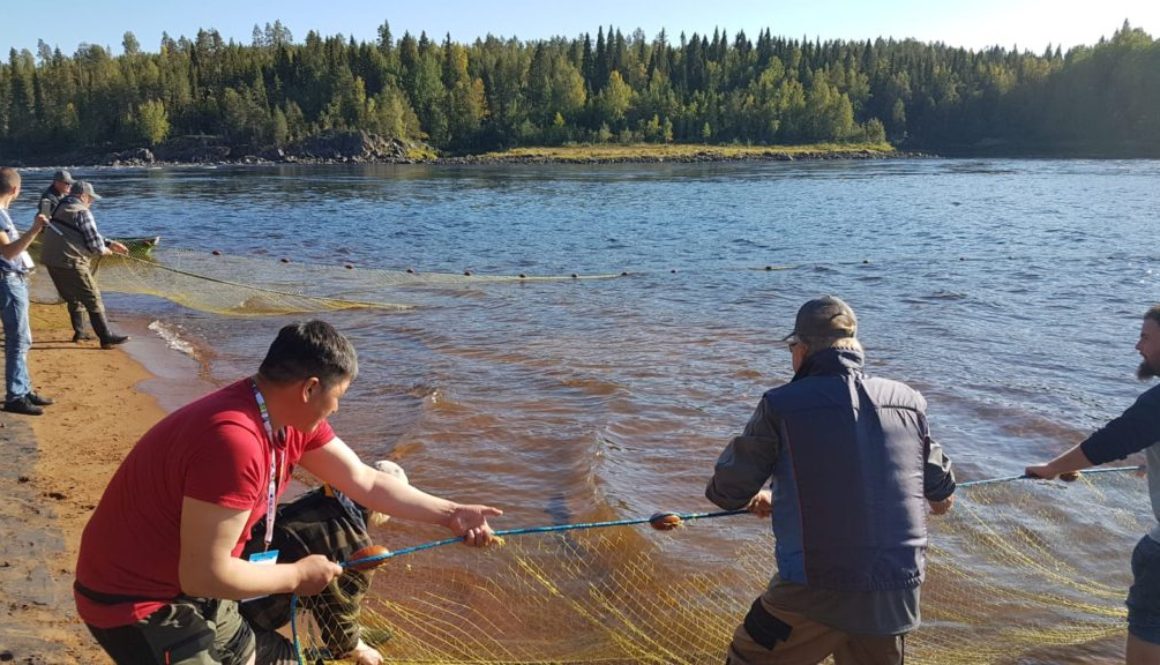
 Septiembre 2018
Septiembre 2018
Sign up to receive 'News from the Deck' newsletter in your preferred language on a monthly basis.
Notifications